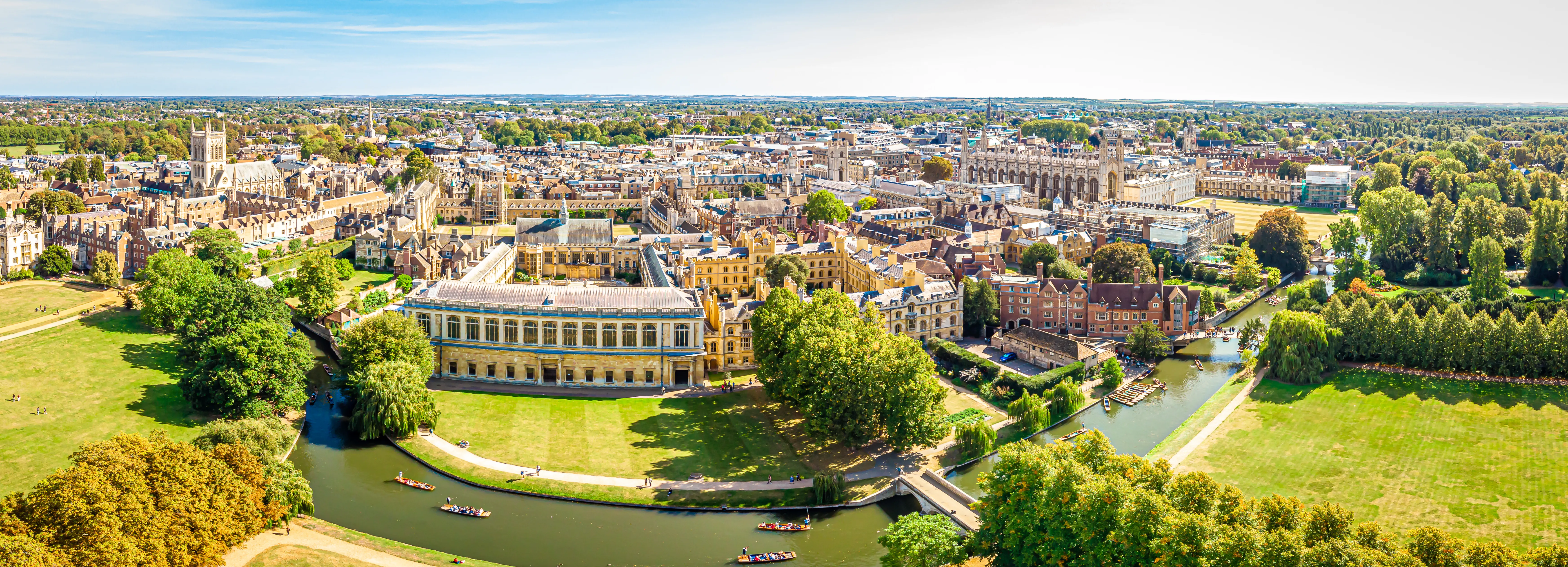

The common notion that light is “pure energy” is a simplification that overlooks the complexities of what light truly represents in the realm of physics. In fact, light is not just energy; it is composed of fundamental quantum objects known as photons. Understanding this requires a deeper look into the properties of photons and how they interact with the world around us.
Light is made up of photons, which are fundamental quantum entities. Each photon possesses several intrinsic properties that define its behavior in various contexts. While light does not have mass, this lack of mass does not equate to it being “pure energy”. Below are some of the essential properties that a single photon carries:
Wavelength (λ): This is the spatial distance between the peaks of the photon’s wave.
Frequency (f): This represents how many times the wave reaches a peak in a unit of time at a fixed location. The frequency of light is closely related to its perceived color, making “frequency” and “color” interchangeable in casual discussions.
Wavevector (k): This denotes the direction of propagation of the photon, along with the number of wave peaks that exist in a unit length.
Period (T): This is the time interval between two peaks of the photon’s wave at a fixed location.
Speed (c): The speed at which a photon travels through space, which is always 299,792,458 meters per second.
Position: Although the position of an individual photon is not precisely defined due to quantum uncertainty, photons carry some information regarding their location, enabling technologies like digital cameras.
Wave Phase: This describes the relative location of wave peaks of different photons, which is crucial for understanding interference effects.
Momentum (p): This property describes the light’s ability to exert force on other objects, allowing it to impart motion.
Spin: This is a quantum property that resembles the spinning motion familiar in everyday life. The spin of a photon relates to its polarization state and represents intrinsic angular momentum.
A Quantized Electromagnetic Field: A photon is essentially a quantized ripple in the electromagnetic field, allowing it to interact with charged particles.
Kinetic Energy (Ek): This is the energy associated with the motion of light. Since photons do not have mass, their kinetic energy is equivalent to their total energy, which allows them to create a gravitational field according to General Relativity.
As we can see, energy is just one of many properties that photons possess. To say that light is “pure energy” would imply that it only carries this single property, which is not the case. The complexity of photon properties can be highlighted through several relationships:
The energy E of a photon is given by the equation: E=hf where h is Planck’s constant.
The momentum p of a photon can be expressed as: p=ℏk where ℏ is the reduced Planck’s constant.
The period T is related to the frequency: T=f1
The wavelength λ is connected to the wavevector k: λ=k2π
The speed of light c relates to both frequency and wavelength: c=fλ
These equations illustrate that many properties of photons are interconnected. It is clear that photons exhibit a variety of characteristics far beyond mere energy.
Additionally, there are inherent properties that photons do not possess:
The absence of mass does not diminish the physical reality of photons. In fact, mass is just one of many properties that an object can have. The idea that an object with no mass cannot exist is a misunderstanding; objects can indeed exist without mass, provided they have other observable properties.
In summary, while light is often referred to as “pure energy,” this characterization is misleading. Light, in the form of photons, embodies a rich tapestry of properties that includes, but is not limited to, energy. The complexity of these quantum entities allows them to interact with the physical world in myriad ways, enabling technologies such as cameras and telescopes. Thus, reducing light to mere energy undermines the fascinating depth and variety of its nature.
 100% |  Global |  97% | |
|---|---|---|---|
Professional Tutors | International Tuition | Independent School Entrance Success | |
| All of our elite tutors are full-time professionals, with at least five years of tuition experience and over 5000 accrued teaching hours in their subject. | Based in Cambridge, with operations spanning the globe, we can provide our services to support your family anywhere. | Our families consistently gain offers from at least one of their target schools, including Eton, Harrow, Wellington and Wycombe Abbey. |
 100% |
|---|
Professional Tutors |
| All of our elite tutors are full-time professionals, with at least five years of tuition experience and over 5000 accrued teaching hours in their subject. |
 Global |
International Tuition |
| Based in Cambridge, with operations spanning the globe, we can provide our services to support your family anywhere. |
 97% |
Independent School Entrance Success |
| Our families consistently gain offers from at least one of their target schools, including Eton, Harrow, Wellington and Wycombe Abbey. |
At the Beyond Tutors we recognise that no two students are the same.
That’s why we’ve transcended the traditional online tutoring model of cookie-cutter solutions to intricate educational problems. Instead, we devise a bespoke tutoring plan for each individual student, to support you on your path to academic success.
To help us understand your unique educational needs, we provide a free 30-minute consultation with one of our founding partners, so we can devise the tutoring plan that’s right for you.
To ensure we can best prepare for this consultation, we ask you to fill out the short form below.